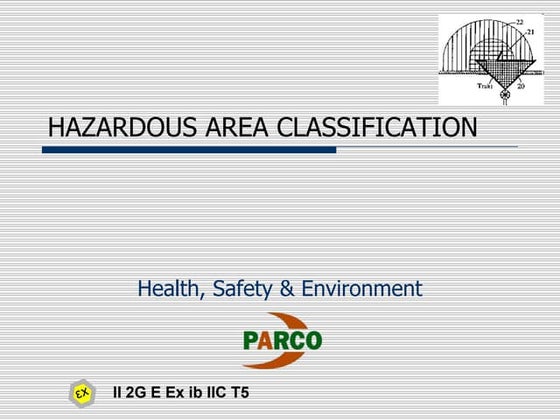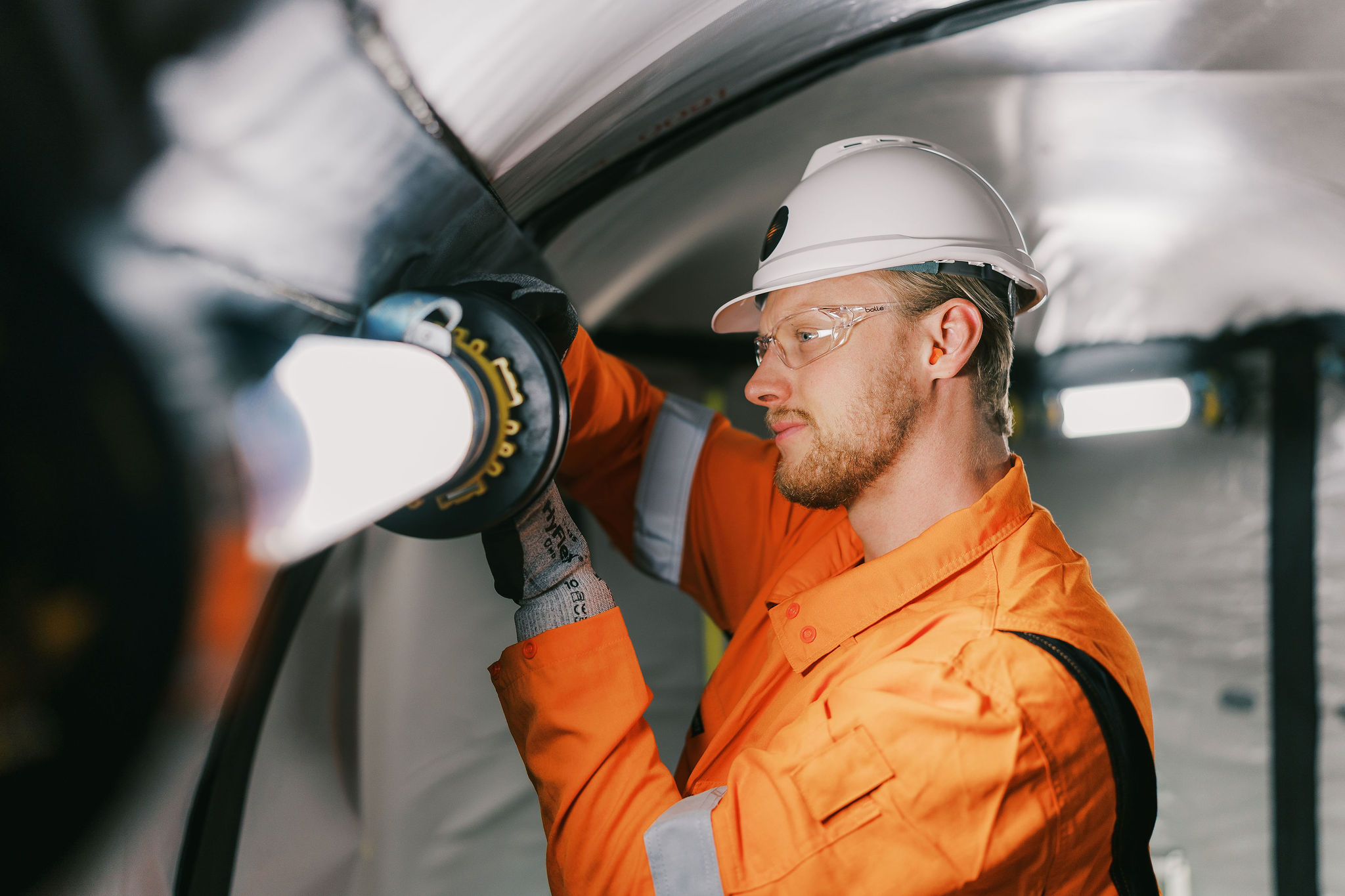6 Simple Techniques For Roar Solutions
Table of ContentsRoar Solutions Things To Know Before You Get ThisThe 2-Minute Rule for Roar SolutionsRoar Solutions Things To Know Before You Get This
In such an atmosphere a fire or surge is possible when three standard problems are met. This is frequently described as the "dangerous area" or "burning" triangle. In order to safeguard installations from a possible surge a technique of analysing and identifying a possibly dangerous area is required. The objective of this is to guarantee the proper option and setup of equipment to inevitably stop an explosion and to make certain security of life.

No devices must be set up where the surface area temperature of the devices is higher than the ignition temperature of the provided risk. Below are some typical dirt dangerous and their minimum ignition temperature. Coal Dust 380C 225C Polythene 420C (melts) Methyl Cellulose 420C 320C Starch 460C 435C Flour 490C 340C Sugar 490C 460C Grain Dirt 510C 300C Phenolic Material 530C > 450C Aluminium 590C > 450C PVC 700C > 450C Residue 810C 570C The probability of the danger existing in a concentration high sufficient to cause an ignition will differ from location to place.
Dangerous area electrical equipment possibly designed for usage in greater ambient temperatures. Field Repair By Authorised Employee: Challenging screening may not be required however certain treatments may need to be followed in order for the equipment to maintain its third party ranking. Each item of equipment with a harmful rating should be evaluated individually.
Roar Solutions Things To Know Before You Buy
The devices register is a detailed data source of devices records that consists of a minimum collection of areas to determine each item's location, technical criteria, Ex lover category, age, and environmental information. The proportion of Detailed to Shut assessments will be established by the Tools Risk, which is assessed based on ignition risk (the probability of a resource of ignition versus the possibility of a flammable ambience )and the dangerous location classification
( Zone 0Area 1, or 2). Applying a durable Risk-Based Assessment( RBI )strategy is essential for making certain compliance and security in managing Electric Tools in Hazardous Areas( EEHA).
The Buzz on Roar Solutions

In terms of eruptive risk, a dangerous location is an atmosphere in which an explosive ambience exists (or may be anticipated to be present) in amounts that Discover More need special precautions for the building and construction, setup and use of tools. hazardous area course. In this post we check out the difficulties faced in the work environment, the risk control procedures, and the required proficiencies to work securely
It issues of modern life that we manufacture, store or handle a range of gases or liquids that are considered flammable, and a series of dirts that are regarded combustible. These substances can, in specific conditions, form eruptive ambiences and these can have major and unfortunate consequences. The majority of us know with the fire triangular remove any among the three elements and the fire can not happen, however what does this mean in the context of dangerous areas? When damaging this down right into its simplest terms it is essentially: a combination of a particular quantity of release or leak of a particular compound or material, combining with ambient oxygen, and the existence of a resource of ignition.
In most instances, we can do little regarding the degrees of oxygen airborne, however we can have significant impact on sources of ignition, as an example electric equipment. Unsafe areas are documented on the harmful area category drawing and are identified on-site by the triangular "EX-SPOUSE" indicator. Right here, amongst other essential details, areas are divided right into three kinds depending upon the risk, the possibility and duration that an explosive environment will certainly exist; Zone 0 or 20 is considered the most hazardous and Zone 2 or 22 is regarded the least.
Comments on “Some Known Questions About Roar Solutions.”